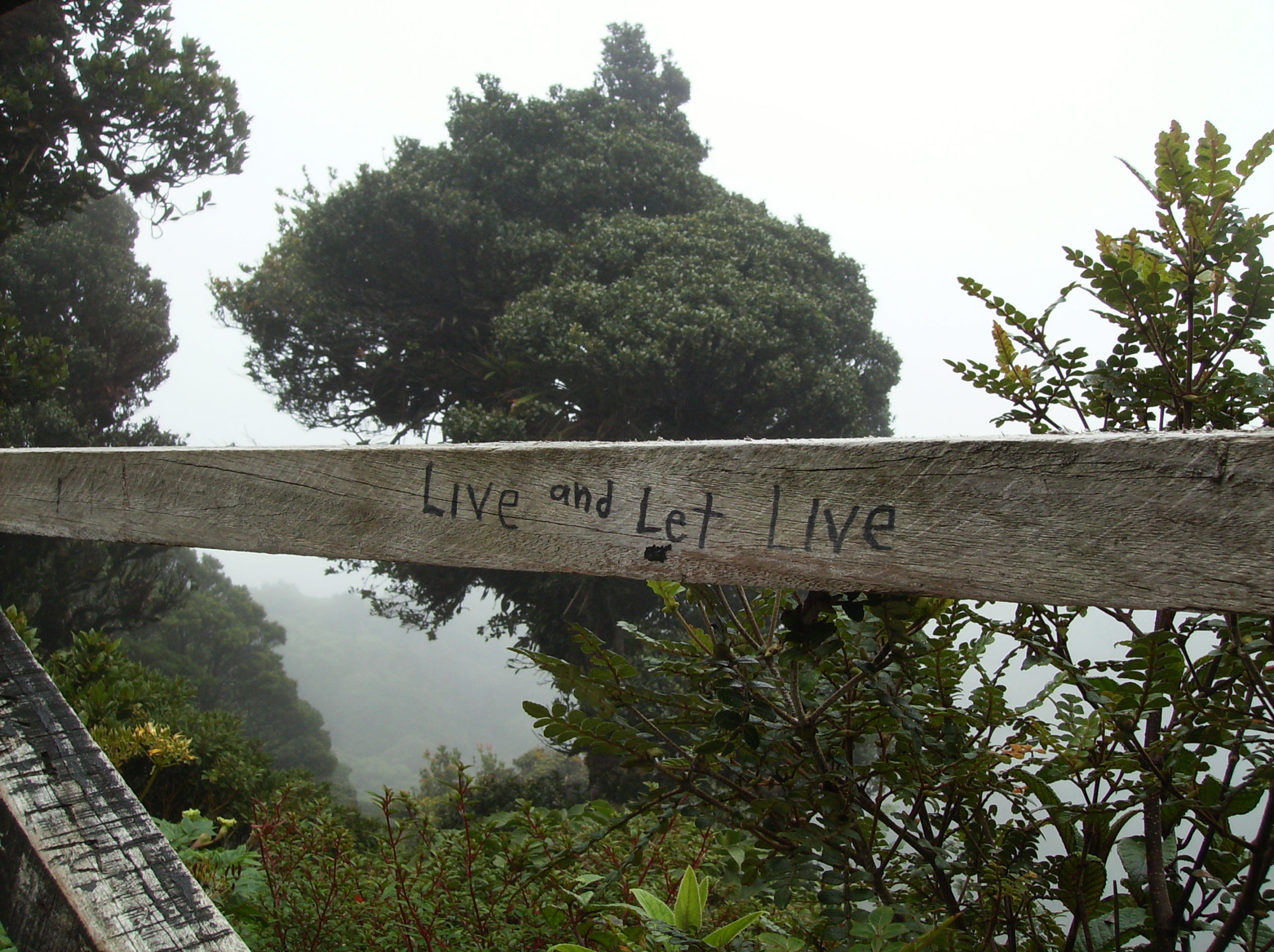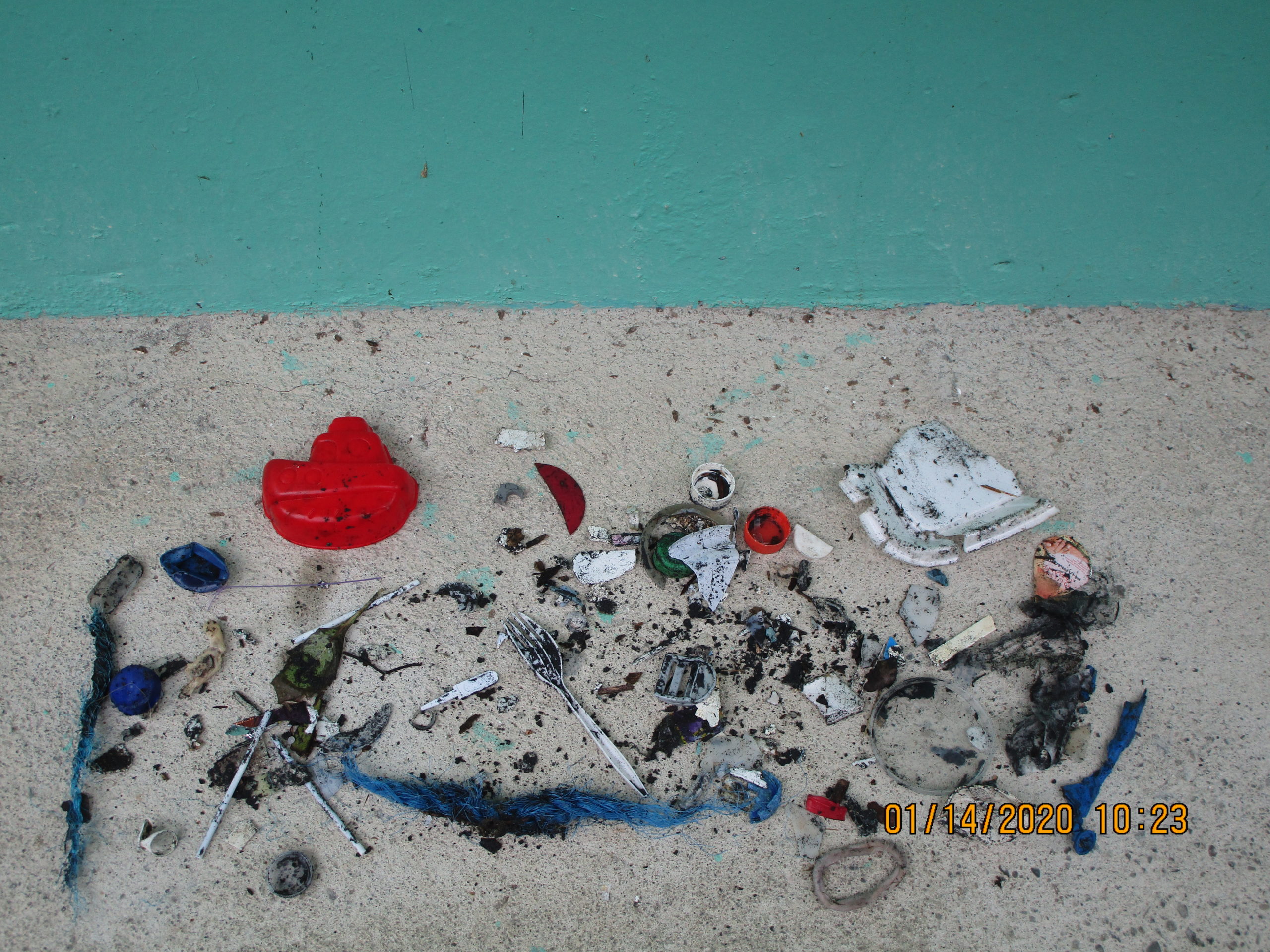Written in turtle blood: a story about the value of earth care
I am going to tell a story, about a story a turtle told to me in a language that is not of words.

I read it in the evidence she left us in the form of her own blood, body organs (either uterus or placenta), and the blood that her sacrificial gift of life painted on the shells of the “40 possibilities” she left in a sandy nest to carry on her life after she died.
It was an early morning in March. I was walking along a deserted beach with another volunteer in search of leatherback turtle nests. This is the nesting season, and freshly laid eggs are the target of local poachers. My walking companion and I are members of a small group of volunteers for a turtle rescue organization in the province of Limon, Costa Rica. Our mission is to find these nests before the poachers do.
[A note here: although Costa Rica is a popular destination for ecotourism, in some aspects it remains a third world country. It is against the law here to hunt endangered species, but economically disadvantaged people are willing to break this law to fill their hungry bellies. And, culture dies hard: This region of Costa Rica was settled by fishermen and “tortugueros” (turtle catchers) from the Caribbean islands and the Panama and Nicaragua coasts. You could say that it’s still in the blood of the local people to hunt turtles and sell the eggs for money.]
We had walked about two miles of beach when suddenly we came upon the unmistakable evidence of leatherback turtle tracks. We identified the location of the nest first by following the enormous, tire-like tracks of the adult leatherback to where they led from the ocean to a flat, dry area safely above the tideline. The nest could be anywhere within a meter or so of smooth sand enclosed between the circle of the turtle’s tracks from and back to the ocean.
My companion began searching for the exact location of the nest by using a metal probe, carefully feeling for the sudden air pocket that signals a clutch of eggs. He wasn’t having any luck finding the nest within the predicted spot, so he widened his circle. But he was getting tired of looking. While he was busy with the probe, I was searching the area for signs. But what I found did not make any sense. “I think this is blood,” I remarked. “Yes, it is blood.” Flies were already buzzing over the dark patch of sand at my feet. I felt sick.
I pointed out the dark patch to my companion. He had never seen or heard of turtle blood at a nest site. We made our hypotheses: Had a poacher killed the turtle? No: there were no human tracks, and no tracks of a heavy object being dragged away. We saw no signs of a dead turtle on the beach, and this turtle’s tracks led back into the ocean. Then why the blood? My companion still hadn’t found the nest.
But something told me we needed to keep looking. “Try over here,” I told my companion. It seemed too far off the predicted grid but he probed anyway. Sure enough, something was there.
Once we had found the nest we carefully dug down for the eggs, about a meter below the surface. And what we found there was more of the turtle’s story: two large pieces of flesh–either the uterus or the placenta—were the first things we pulled out of the nest. There were only 40 eggs; less than half the usual number. This poor turtle was dying as she laid her eggs.
Every egg was spotted with her blood. It sickened us to touch them, but we saved them. We had to: this was the turtle’s final gift of life.
We put on sterile plastic gloves and delicately grasped the eggs, one by one, placing them one by one into the sterile plastic bag. We carried the bag back across the beach to the “nursery” and placed them carefully into a Styrofoam cooler filled with sterile beach sand.
We will monitor this nest, as each nest in its individual Styrofoam cooler is monitored for the 60 days of incubation. And if the eggs are viable, the hatchlings will be released into the same stretch of ocean from where their mother came.
Later, the marine biologist who partners with our turtle rescue effort informed us that this particular turtle would not lay eggs again. Whether she died after laying her final nest or whether she was sterile, we will never know. Perhaps she was an older turtle; but perhaps she had been injured. Perhaps the injury is related to environmental issues that interfered with her health; or perhaps the deterioration of the ocean’s health caused this dysfunction in reproduction. We can only hope that this turtle did not pass on a dysfunction to her final offspring. If the eggs hatch, that is.
Instinct
This particular female leatherback turtle came to life at least twenty years ago, on this same beach or not far from it. Mature females travel the world’s oceans, but when it is time to lay their eggs, they return to a beach in the same region where they were hatched. This homing instinct is a remarkable indication of innate intelligence that humans haven’t yet figured out. Humans on the whole do not recognize instinct as something real. Or should I say, we have lost or abandoned the innate ability to follow our instincts.
Visionary thinkers are telling us that we need to move away from the accepted scientific/logical/sequential way of perceiving the world. Among them, Wendell Berry claims “there is another way of knowing” besides the accepted attitude that “if I can’t see it or prove it with science, it is not real.”
The story this injured leatherback turtle mother told me could not have been understood scientifically, or with words. I read her message with the faculty of instinct.
We would have passed by that spot on the beach.
The nest was not where it was supposed to be.
But then I noticed the blood.
This creature was fulfilling her life purpose, promising the future of her kind by laying eggs she had painted with her own life’s blood.
She left us the sign of blood so that we would find her nest and save her eggs. Because they were her final gift, her final effort in the survival of her kind.
“Please, save my future,” her blood told me. “You will find it buried here.”
Intuition is a valid way of knowing
The dominant narrative among us is that humans are the only creatures with the ability to tell stories. To communicate with words, certainly. But it’s time for us to reconnect with Nature by learning to listen to what other creatures are trying to communicate to us. The human race is only one small part of this world of wonder, but humans are the only ones who can act to ensure the safety and survival of our shared world of creatures.
If animals could talk, what stories would they tell us? If we could learn to understand other creatures better than we do now, would it help us to care more about what we do with their world?
But I can’t force people to take an interest in the world of creatures that surrounds us. All I can do is tell my own story. This is what happened to me one day.


